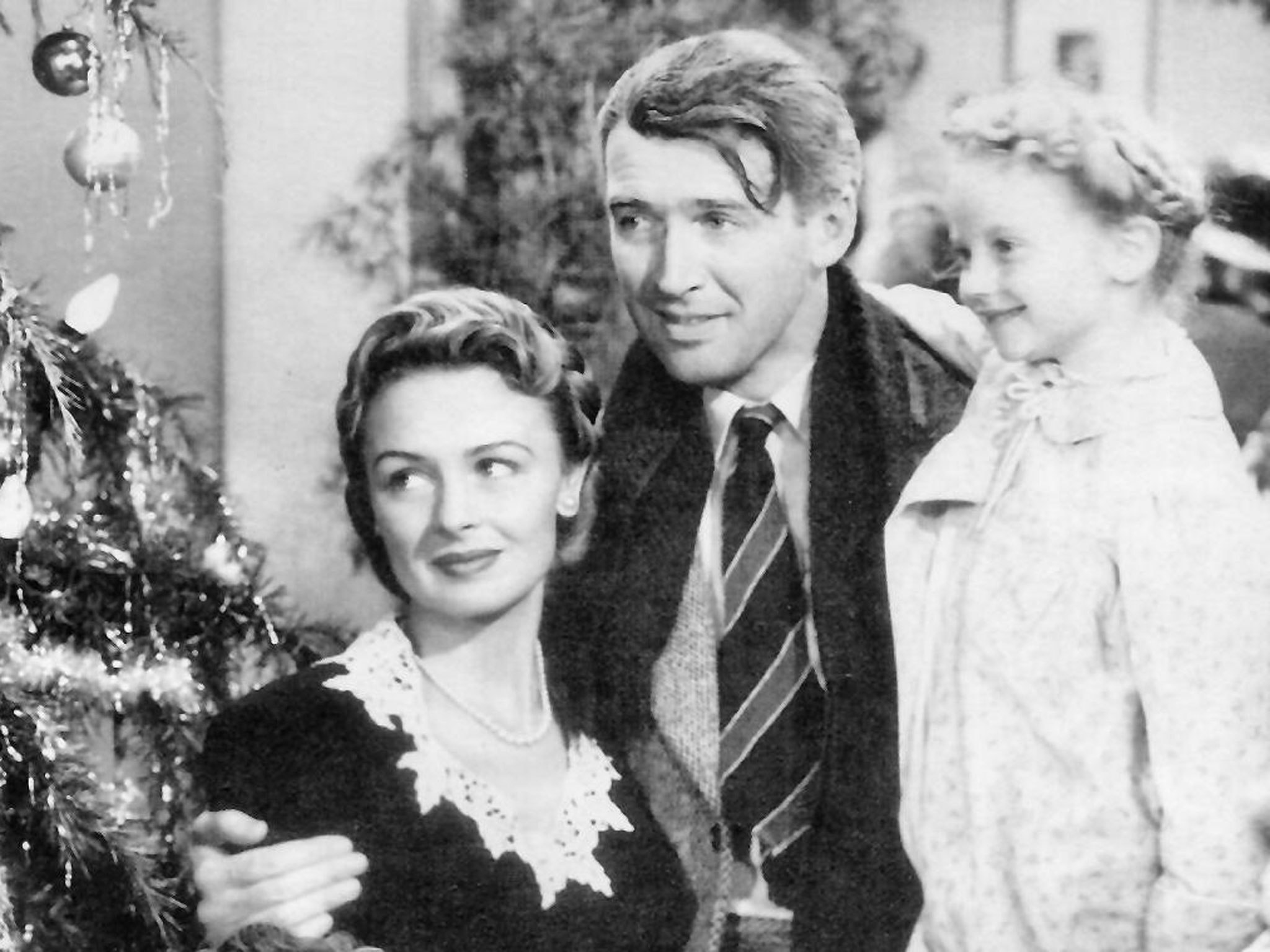During the festive season I watched ‘It’s a Wonderful Life’, as part of the festive tradition.
The movie was released in 1946, and the story is about a frustrated businessman, George Bailey. He puts his dreams on hold time and time again to better his community. On Christmas Eve, George’s elderly uncle misplaces a huge amount of money from the family business. George believes he is a failure and is worth more dead than alive. Clarence, an angel, sent to him, shows George what life would have been like if he had never been born. Despite the movie being over 75 years old, many lessons are relevant in today’s world. While ‘cheer and goodwill to all’ embodies how we often see the festive period, it can also bring financial and relational stress into our lives. The movie bravely for the time depicts both facets of Christmas well.
We all have an impact
George was central to his community and supported families when they needed it the most. While this might be a quantifiable way to show how he made an impact, he could not see his worth when his mood became low.
Many might find it difficult to see their impact on the world in their personal and professional lives. However, each connection and interaction we have with others have the power to make the person feel seen and valued. A small act of kindness, smiling at another, showing gratitude and appreciation has an impact that we might never see. Sometimes, we don’t know the ripple effect our actions can have on another person. However, we can choose to interact with others in a positive and civil way. This is not always as simple as making a ‘choice’. Rather, it is setting an intention and being clear on the actionable behaviours that demonstrate this.
The stigma of mental health
While George was surrounded by a community of people and had friends and family who loved him, when he decided his life wasn’t worth living, he didn’t reach out to anyone.
When we have a cold, we expect to have a sore throat, and headache, and we will likely rest a little more, making things easier to help us recover. There are currently over 900,000 workers in the UK affected by work-related stress, depression, or anxiety, impacting their performance and productivity1. While support is available, most of them won’t access it. The stigma of mental health continues to be one of the biggest barriers affecting people seeking support.
While we encourage individuals to reach out if they need help, which is important, a huge part of the mental health message is missing: to reach in and connect with others. It’s not like a cold, where we can physically see the effects. Mental health has an array of faces, the person smiling, laughing, and seemingly “looking okay” internally could be suffering. How they behave to the outside doesn’t match to how they feel emotionally. Reaching in, connecting, and asking ‘how are you?’ not as a greeting, but as an opportunity to connect with another is important. In asking the question, have you made time to listen to the response. Ask again, if you’re unsure, ‘how are you really?’
Choosing to be positive
George dreamed of leaving Bedford Falls, travelling the world, and drawing. However, this didn’t happen because the responsibility he felt to uphold the family business meant he stayed. For the most part, he chose to make it as best as he could, but it was always a compromise.
Life, at times, might feel anything but positive. The dreams we once had doesn’t come to fruition, and we settle into a different way of being. When we experience negativity, it can be pervasive and infiltrate our thoughts, relationships, and connections with others. They can fertilise other emotions like bitterness and anger, which can compromise our health. In different parts of our brain, the positive and negative systems are organised differently and potentially develop differently throughout our lifetime. That means when we are in a spiral of thinking critically about ourselves or being pessimistic. This reinforces and strengthens the neural circuits that support these functions. These circuits will strengthen if our focus is on being kind, self-compassion, grateful, and compassionate for others. Sometimes, it can be difficult to know where to start when learning skills, like a positive mindset.
Work environments can optimise our mental health and wellbeing, or conversely, negatively affect it. Daily negative interactions in the workplace, attacking verbal comments, or someone being rude to us can drive adverse reactions in us, like anger or anxiety. Actions that foster positivity and contribute to a healthier work environment don’t have to take much time. For example, be generous with thank you and please to colleagues, patients/clients/services users/consumers. This requires us to actively watch for things others do that are helpful, thoughtful, and kind. As social animals we are programmed to smile when someone genuinely smiles at us. This releases chemicals in our brains that positively benefits the person smiling and the person they’re smiling at.
Towards the end of the movie, George Bailey avoids jail because his neighbours, friends, and family rally together to replace the money, demonstrating that his relationships with others make his life count. This is undoubtedly a great message. However, it is not everyone’s experience. There are those struggling with loneliness and isolation at this time of year. There will be those working across the festive season, who will go unnoticed by many. At a time of year that is more of a struggle for lots of individuals, as colleagues, we can be the person who can positively have an impact. We can actively contribute to making our own and others more of a wonderful life.
Reference
- Health and Safety Executive (2022). Health and Safety at Work: Summary Statistics for Great Britain









